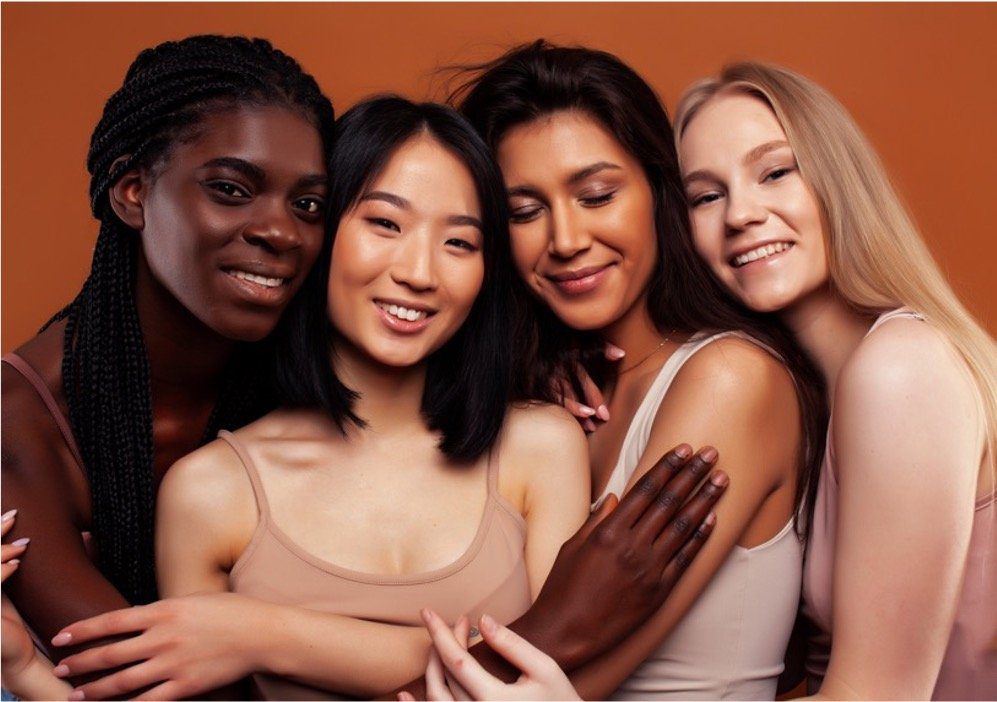In a world dominated by Western media and ideals, Eurocentric beauty standards have long reigned supreme, shaping perceptions of attractiveness and self-worth. However, behind the glossy façade lies a deep-seated harm inflicted upon People of Color (POC). From skin tone to hair texture, these standards perpetuate systemic inequalities and erode the diverse tapestry of human beauty. In this article, we delve into the detrimental effects of Eurocentric beauty standards on POC, exploring their origins, manifestations, and the urgent need for change.
The Origins of Eurocentric Beauty Standards
Manifestations of Harm
Skin Whitening: The multi-billion-dollar skin whitening industry preys on insecurities rooted in Eurocentric beauty standards.
This obsession with lightening skin not only perpetuates self-hatred but also reinforces colorism within communities of color.
Hair Discrimination:
From schools to workplaces, POCs often face discrimination based on their natural hair texture. Eurocentric standards dictate that sleek, straight hair is professional and desirable, while kinky, oily hair is deemed unkempt or unprofessional. This bias not only ostracizes individuals but also forces many POC to chemically alter their hair to conform to societal expectations, risking damage to their scalp and self-esteem in the process.
Underrepresentation in Media:
Mainstream media perpetuates Eurocentric beauty standards by predominantly featuring individuals who fit this mold.
This lack of representation sends a damaging message to POC, suggesting that their beauty is not worthy of celebration or visibility.
The Toll on Mental Health
This psychological burden further perpetuates cycles of self-hatred and undermines efforts towards self-acceptance and empowerment.
The Call for Change
We must confront and undermine Eurocentric notions of beauty to build a more diverse and equal society.
Empowering POC to reclaim their narratives and redefine beauty on their terms is essential in challenging the status quo. By embracing and celebrating the richness of diverse cultures and identities, we can collectively move towards a more inclusive and affirming world where beauty knows no bounds.
In conclusion, Eurocentric beauty standards continue to perpetuate systemic inequalities and inflict harm upon POC. By acknowledging the origins and manifestations of these standards, we can work towards dismantling them and fostering a society where all forms of beauty are celebrated and valued. Only through collective action and solidarity can we create a world where every individual feels seen, accepted, and empowered.



